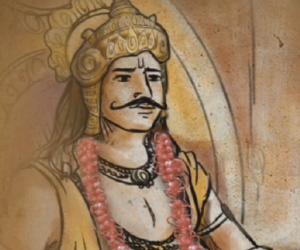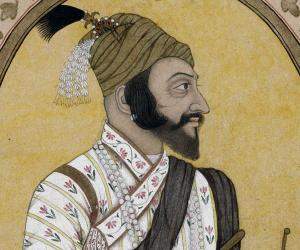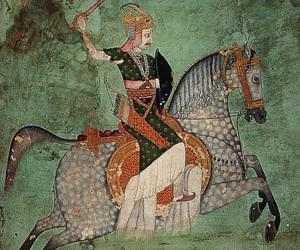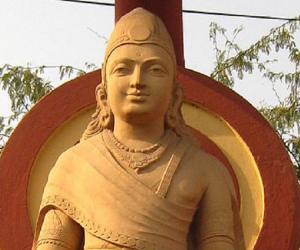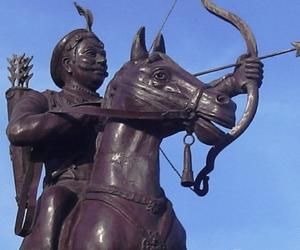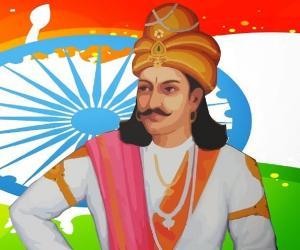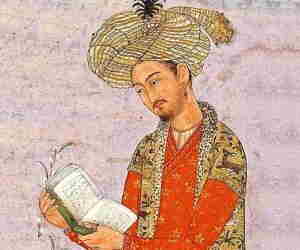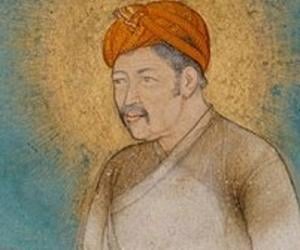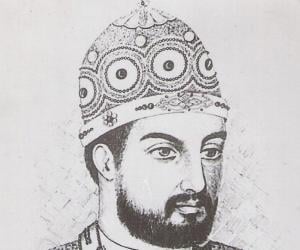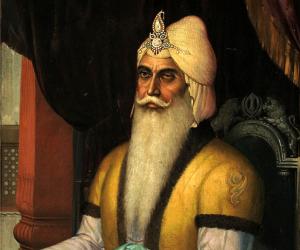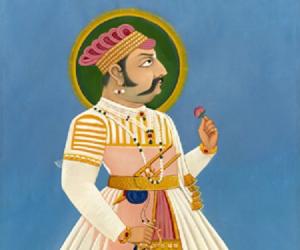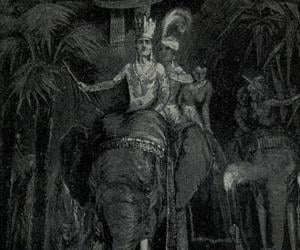Born: 590
Harshavardhana
Harshavardhana, also known as Harsha, was an Indian emperor who ruled a large empire in northern India from 606 to 647 CE. A member of the Pushyabhuti dynasty, he was the second son of Prabhakaravardhana, the ruler of Thanesar. After his father’s death, Harsha's elder brother, Rajyavardhana, ascended the throne. However, Rajyavardhana was soon killed—likely by Shashanka, the ruler of the Gauda kingdom—leading to Harsha’s rise to power. After the decline of the Gupta Empire in the mid-6th century, northern India had fragmented into numerous small republics and minor states. Upon ascending the throne, Harsha undertook the task of unifying these regions. He successfully consolidated a large empire that stretched from Punjab to central India and included territories such as Rajasthan, Gujarat, Bengal, Odisha, and much of the Indo-Gangetic plain north of the Narmada River. Harsha proved to be a capable and efficient administrator. His reign is often remembered as a period of relative peace and prosperity. An intellectual with a deep appreciation for the arts, his court became a hub for literary and cultural activities. Harsha himself was a Mahayana Buddhist but was known for his tolerance and respect for other Indic religions, including Shaivism and Vaishnavism.
